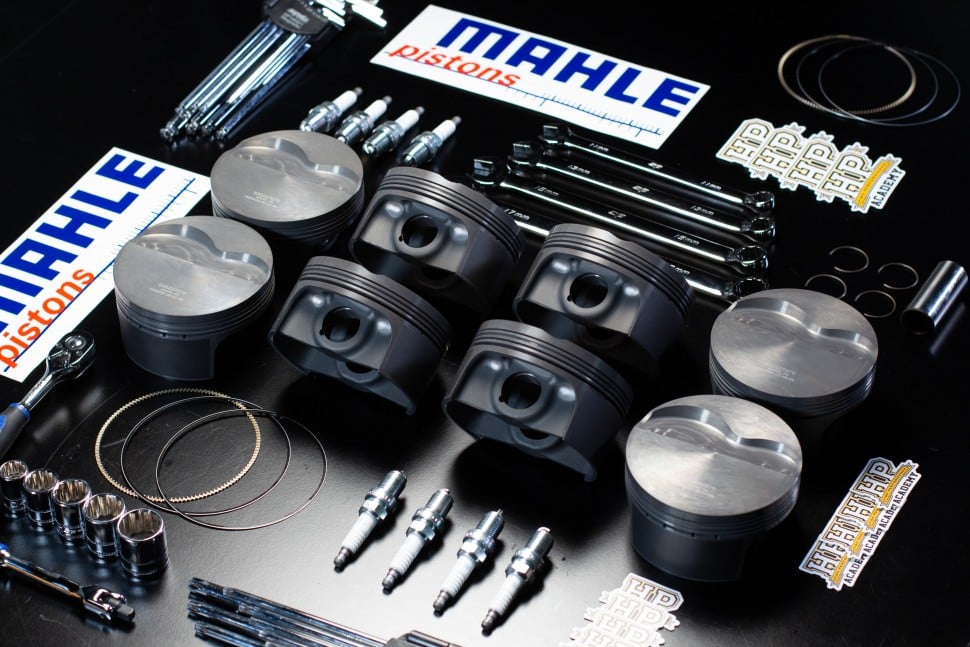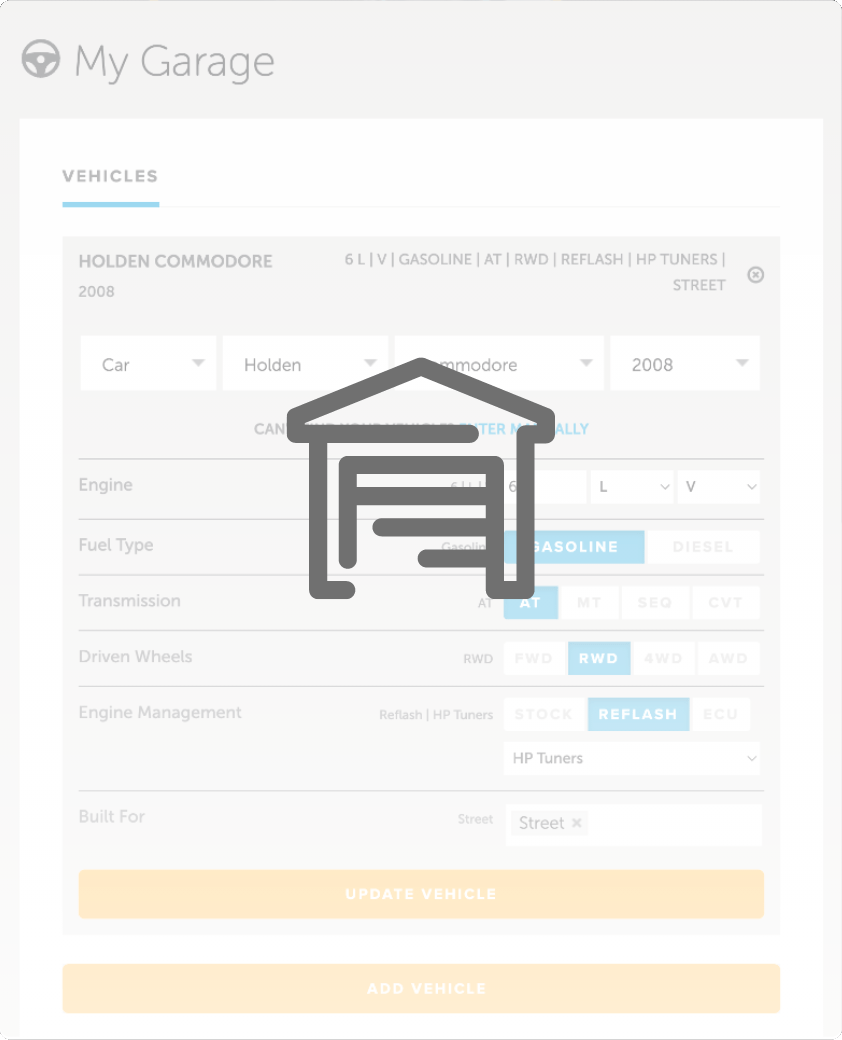| 00:00 |
With our design modelled and analysed, we're finally ready for manufacturing.
|
| 00:04 |
We're going to use various manufacturing techniques, such as CNC bending and notching for the tube, laser cutting for the sheet metal and general fabrication techniques including TIG welding to bring this all together.
|
| 00:17 |
For the tubes, the process is relatively simple, we just need to export each tube as its own step file, which the manufacturer will use for CNC bending and notching.
|
| 00:28 |
We first want to hide all the other bodies and components other than the individual tube that we're exporting.
|
| 00:34 |
An easy way of doing this is right clicking the body in the browser and selecting isolate.
|
| 00:40 |
Then we can use the export function under the file tab and choose step as the file type.
|
| 00:45 |
It's worth opening each of these to ensure we've got the correct model and the notch is clean as intended.
|
| 00:52 |
When we're happy it's just a matter of sending these to the manufacturer and confirming the quantity of each part and the material.
|
| 00:59 |
For the sheet metal parts we need a DXF file for each flat pattern.
|
| 01:04 |
Having modelled the parts as sheet metal bodies makes this as easy as selecting the create flat pattern tool and then choosing a stationary side for an individual body.
|
| 01:13 |
Then we can hide any bend lines and export the DXF.
|
| 01:17 |
I like to include the quantity and thickness of the part in the file name, but when sending it to the laser cutter it's also best to confirm these as well as the material.
|
| 01:27 |
The tapered parts that will weld to the chassis and that weld to the subframe will be machined manually on a lathe so these will require a technical drawing.
|
| 01:36 |
Again, let's isolate the body in question and then create a new drawing from the design with the contents preference set to visible only.
|
| 01:45 |
An A4 drawing will be big enough in this case as the parts are relatively small with minimal detail.
|
| 01:51 |
For the part that welds to the subframe, a top view can be used to show the diameters of the features while the section side view can show the details of the taper itself, like the angle and the height.
|
| 02:04 |
For the receiver part that fixes to the chassis, the same fuse will also be suitable, but we'll also want to designate the threads and the length of these.
|
| 02:12 |
We of course also want to note the material details on each drawing.
|
| 02:18 |
Aside from this, no technical drawings are necessary as the subframe is actually going to be assembled and welded in house.
|
| 02:25 |
On that note, keep an eye on the HPA Practical TIG Welding course for this worked example if you're interested to see the final fabrication stages in more detail.
|
| 02:36 |
However, as we mentioned previously, we'll use our CAD model to design a jig.
|
| 02:41 |
This will allow us to design a jig that perfectly fits the subframe and therefore means we can assemble all the parts accurately in the correct locations.
|
| 02:50 |
The jig will be made from many mild steel parts, 5 millimeter thick and laser cut and use the same tab and slot self-jigging method as our subframe for easy assembly and to ensure everything is in the right place.
|
| 03:04 |
We won't dive too deep into the details of modelling this as it's a relatively simple process compared to the subframe we've just created, but you'll still get a good understanding and possibly some ideas of how you'd do this for your own project.
|
| 03:18 |
The final welding stage for the subframe will be done in the car and not the jig, so basically the vertical tubes at the ends of the front cross member can be hidden for now as well as the sheet metal assemblies at the ends of the rear member.
|
| 03:32 |
Next, we'll create a new internal component for the jig and sketch a large rectangle on the plane level with the chassis on the front mounting holes and then use the flange tool to make this a five millimeter thick sheet metal body.
|
| 03:48 |
We'll come back to this base plate soon and add some other features and trim it to a more appropriate size.
|
| 03:55 |
The main thing to remember when designing a jig is that the parts can be fixed and supported well, potentially with the use of clamps and also that the subframe will be able to be removed from the jig after being welded.
|
| 04:09 |
This is a commonly overlooked aspect and often results in a jig needing to be cut apart, which might not be a problem if the jig is never going to be used again.
|
| 04:19 |
In our case though we will likely want to make another subframe in the future so it's important that we avoid this.
|
| 04:25 |
Access to the welds is also important although in some cases the subframe can be removed from the jig to finish certain welds.
|
| 04:34 |
Sketching on the right plane in the center of the subframe, we'll use the intersect tool to create a profile of the front member and then use this to make a cradle for the tube, which extends down to level with our base and includes some tabs through the base plate.
|
| 04:58 |
At the ends of the front member some vertical tubes can provide location without being welded to the member.
|
| 05:04 |
These willprotrude down into the base plate.
|
| 05:06 |
Sketching on the outer face of the lower control arm plates will create an upright that the mounting plates can be bolted to or clamped to, but also cradles the front tube member and allows for some clearance for the subframe to be lifted out of the jig.
|
| 05:29 |
All the parts will have tabs to locate into the base plate and we'll also add a gusset to brace this part.
|
| 05:45 |
About halfway up this upright we'll make a plane that cuts straight through the bracing tube from the front member up to the lower control arm mount.
|
| 05:54 |
On this we'll sketch another cradle for the bracing tube that also has a gusset through the upright to the other gusset and incorporate some tabs and slots.
|
| 06:22 |
These parts can be mirrored to the other side and we can see that the subframe will be able to be removed by pulling up and backwards slightly.
|
| 06:30 |
Next, we'll make some more cradles for the other diagonal tubes from the rear member to the lower control arm mount, further towards the rear of the part as the front will be supported by the notch of the previous bracing tube we just discussed.
|
| 06:49 |
As these will be quite tall we'll add a gusset for support.
|
| 06:58 |
But for the one that will be on the driver's side of the vehicle we'll incorporate a simple horizontal plate with a hole that locates the sheet metal steering rack mount.
|
| 07:24 |
For the short tube steering rack mount we'll first sketch on the top surface with a hole and profile that can be used to align the mount, as always using the flange tool to create the sheet metal body in the correct orientation.
|
| 07:42 |
Then sketch on the sides of this body to form a sort of hook shape that goes over the bar between the base plate and the vertical plate of the mount for the other steering rack mount.
|
| 07:54 |
This part won't be welded in place as that would mean that we can't remove the subframe from the jig, instead it will be bolted to the vertical plate and use tabs to locate into the base plate.
|
| 08:22 |
Moving on to the ends of the rear main member, we'll make a series of vertical plates in a sort of V pattern.
|
| 08:29 |
Two of these will be cradles, one for the rear member and the other for the diagonal tube to the lower controller mount.
|
| 08:35 |
The other plate will essentially be an end cap for the rear member with part of the end profile to help with alignment.
|
| 08:53 |
Of course, the mirror tool can be used to copy this to the other side.
|
| 09:01 |
The last feature is to support the sheet metal structure for the billet clamp for the steering rack mount.
|
| 09:07 |
Due to the angle of this, we'll need to make another removable section that bolts on so the subframe can be removed from the jig.
|
| 09:15 |
First, we'll sketch on and project the surface that the billet clamp will mount to, adding some slots and tabs and using the flange tool to create the sheet metal body.
|
| 09:25 |
Sketching on the side of this will create two more sheet metal parts with bolts to form a u-shaped bracket.
|
| 09:32 |
These bolts will all fix into the two corresponding vertical plates that will be welded to the base plate.
|
| 10:13 |
Now, that everything is supported, we can sketch on the base plate and project the tabs and offset them a small amount to make some clearance slots.
|
| 10:20 |
We'll also make some circular holes for the end tubes and in the spacing of our fabrication fixture table so the jig can be bolted down, as well as trim the excess material around the outside to keep weight down if the part ever needs to be moved around.
|
| 10:49 |
An extruded cut can be used to remove this material, we just need to be careful that this is only removed from the base plate.
|
| 10:57 |
With the jig model complete, again it's just a matter of exporting the excess and sending them to the laser cutter.
|
| 11:03 |
Although, we won't have a technical drawing, we'll still put together some guidelines to help the fabricator.
|
| 11:09 |
These will just outline how the jig is intended to work and the rough order of processes we recommend for the best results.
|
| 11:17 |
Following the final fabrication stage, we're able to see all our hard work on the vehicle and make all our final checks.
|
| 11:24 |
If there's anything that needs to be changed, then now is the time to update the model while it's still fresh in our mind in case we ever make another subframe in the future.
|
| 11:34 |
With such a critical part like this, we'll be keeping a close eye on things when the CRX first hits the track for testing.
|
| 11:41 |
Being careful to inspect the subframe for any damage and slowly working up to speed.
|
| 11:46 |
If you've followed along with this worked example and made something similar for your own car, we'd love to see it, so feel free to post it in our members forum.
|





